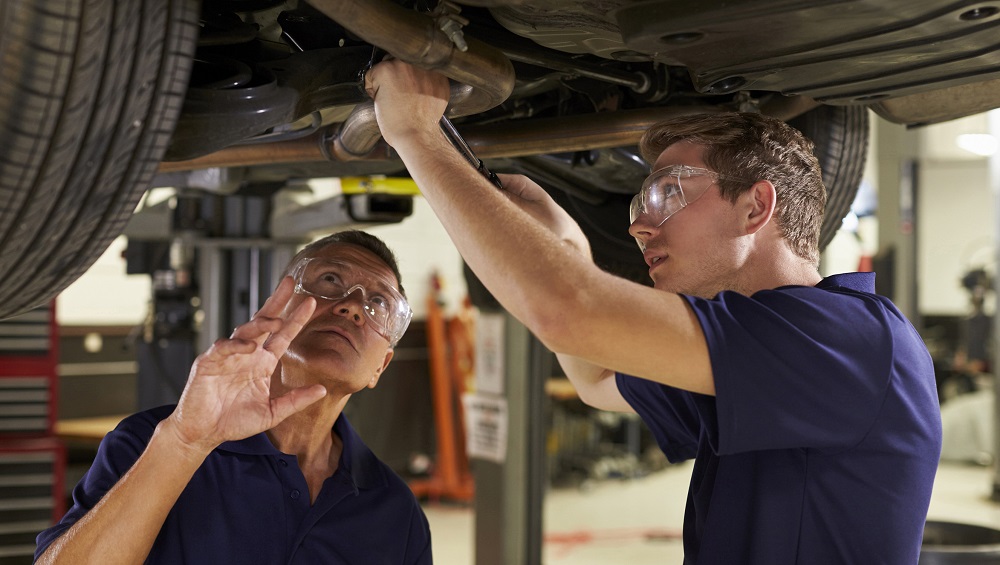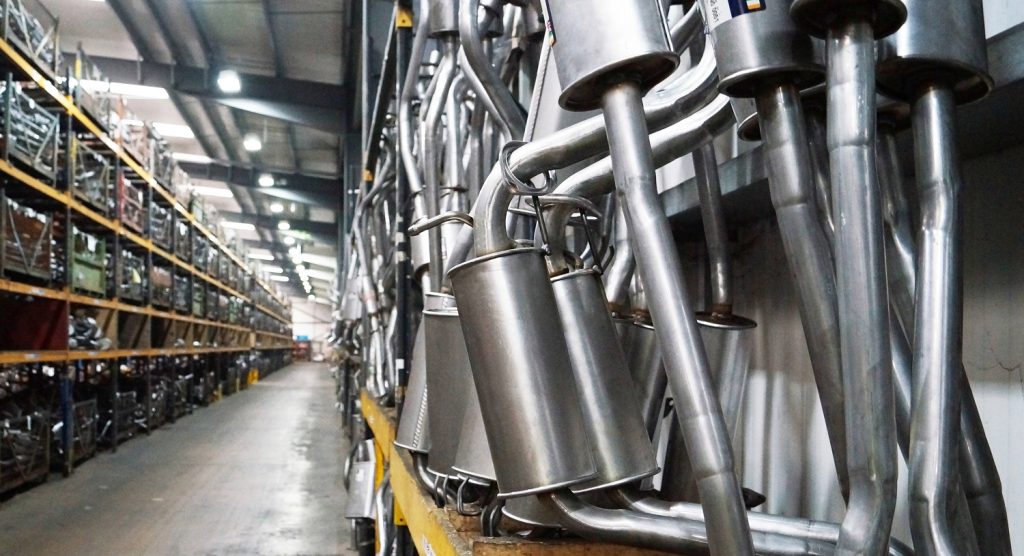In early 2024, the Institute of the Motor Industry (IMI) reported that the vacancy rate in the automotive aftermarket was 43% above the national average1. To ensure that vehicles of all ages have access to adequate maintenance support, it’s imperative that the aftermarket invests in the next generation of industry professionals – a policy championed by exhaust manufacturer Klarius Products.

According to the IMI’s UK Automotive Vacancy Overview report, the automotive aftermarket had 23,000 vacancies in January 20242. This is a significant shortfall that is coinciding with a growing, diversifying UK car parc. There are over 41 million vehicles on British roads, the highest number since records began3, and successfully maintaining these cars and vans in future is largely dependent on encouraging people to join the industry.
Attracting and upskilling garage technicians
Training new garage technicians is a good first step. On the frontline of delivering quality repairs to motorists, the capacity of a service garage is usually defined by its number of personnel. By reducing vacancies here, the industry can ensure there is adequate manpower to effectively maintain the large number of vehicles on UK roads.

Developing skills is also important for repairing modern vehicles with advanced driver assistance systems (ADAS) or electrified powertrains. In the event of a skills gap, there may be a dearth of qualified technicians to service vehicles equipped with these technologies. Drivers of newer cars could experience long, frustrating waits to access the required expertise when the time comes for repairs or an MOT. Keeping safer and less polluting vehicles roadworthy is an absolute priority for meeting societal and environmental targets – all of which can be achieved by upskilling technicians.
Focusing on manufacturing expertise
Furthermore, fostering the next generation of manufacturing experts is crucial. Without skilled personnel, providers of quality replacement parts will be less productive, constricting component supply for repairs. Research and development activities will also slow, at best reducing choice for garages and motorists, at worst removing aftermarket support entirely. All scenarios make effectively maintaining the UK car parc more problematic.
This is entirely avoidable though. By providing apprenticeship opportunities for new talent, boosting investment in training and giving existing employees reasons to stick around – the automotive aftermarket can effectively reduce its vacancy rate. While schools and colleges play an important role, the onus is very much on businesses to step up. The UK’s largest manufacturer of aftermarket exhausts, Staffordshire-based Klarius Products, recent winner of Employer of the Year at the 2024 Staffordshire Chambers Business Awards, is leading the way.

Investing in people to support motorists
Sarah Ratchford, Head of HR at Klarius, explains: “Employee progression is at the heart of our business. In terms of developing new talent, around 4.5% of our workforce are foundation level apprentices, which is 1 percentage point above the national average. Another 1.3% are completing degree level apprenticeships.
“To retain our experienced engineers, we provide opportunities for progression, through clear paths to progress from workshop to management positions, supplemented by additional training. We have a retention rate of eight years, twice the national average, with 20% of our team having worked at the company for 20 years or more.”
Addressing the large number of vacancies in the automotive aftermarket won’t be achieved over night – it will take time to recruit and retain the right personnel. However, if businesses can properly invest in new talent and provide real opportunities for long term progression, more people will find the sector an attractive place to work. If that happens, motorists will still be able to count on the expert maintenance for their vehicles.



